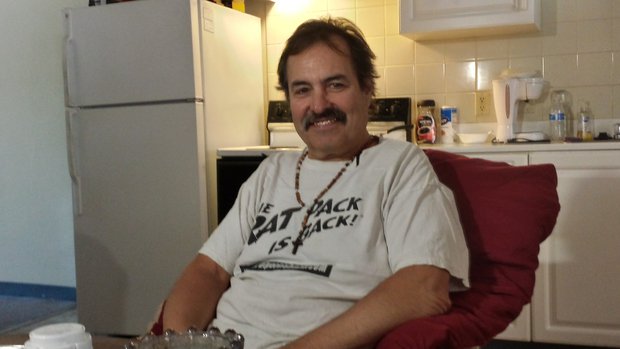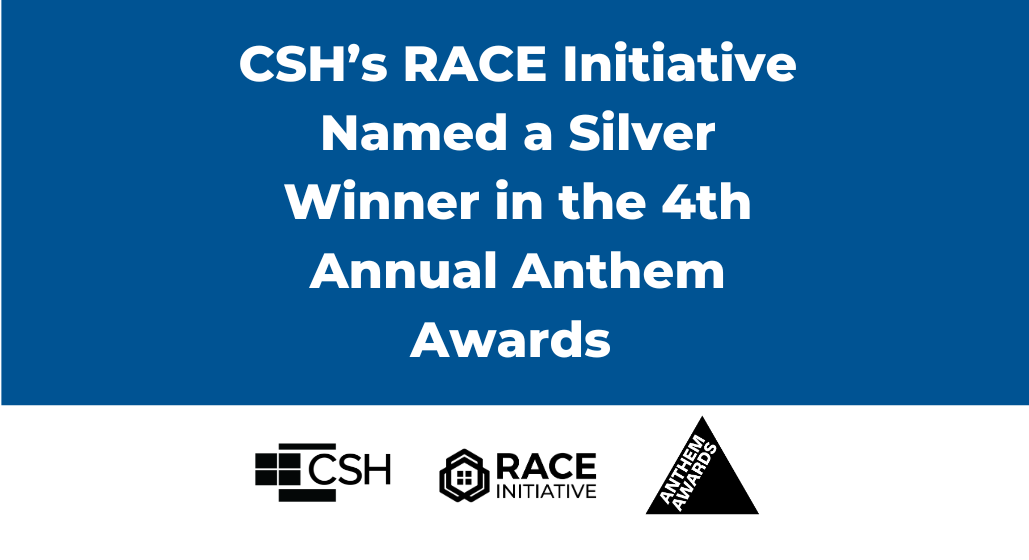Tommie Faccio, 57, found housing two years ago as part of Project 25. He has degenerative arthritis and prior to having a home and access to regular medical care, he averaged at least two ambulance trips to emergency rooms per month. Photo credit: Gary Warth, San Diego Union-Tribune
Project 25 out of San Diego, California, has issued its final report. Originally designed to offer a pathway off the streets for 25 (then increased to 34) of the most frequent users of San Diego’s emergency services, the idea behind Project 25 is simple: show how housing and medical care, delivered in concert, can reduce costs and improve health outcomes for people who are vulnerable and over-rely on crisis services.
The group of frequent users in Project 25 cost taxpayers and hospitals $4.3 million in responses to 911 calls and other emergency public safety needs in 2010. The initiative took these same people (who were also experiencing homelessness), found them housing, provided them access to preventative medical care and round-the-clock case workers, and costs dropped to $2.2 million in 2013. That’s a savings to the public of more than $2 million per year.
This was the hope of Project 25, a three-year pilot funded by the local chapter of the United Way, and its final report showcases data that proves it works. By taking people off the streets and providing them access to preventative and regular healthcare, Project 25 gave them a better life and saved a lot of money in the process.
CSH worked closely with the United Way in structuring Project 25 and framing the initial Request for Proposal.
We are pleased Project 25 will continue in San Diego under the auspices of Father Joe’s Villages, which has received funding from the Substance Abuse and Mental Health Services Administration (SAMSHA) and is now contracting with several health plans to support individual frequent users. These actions should sustain Project 25 well into the future.





